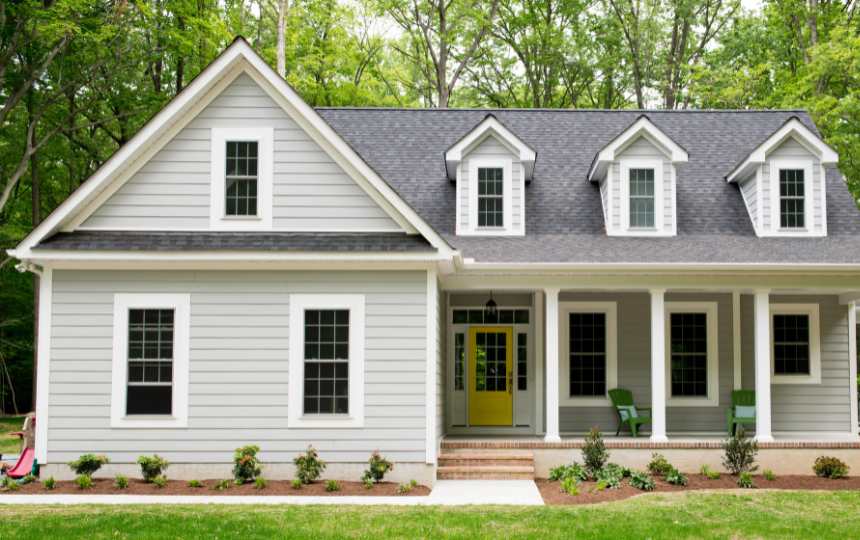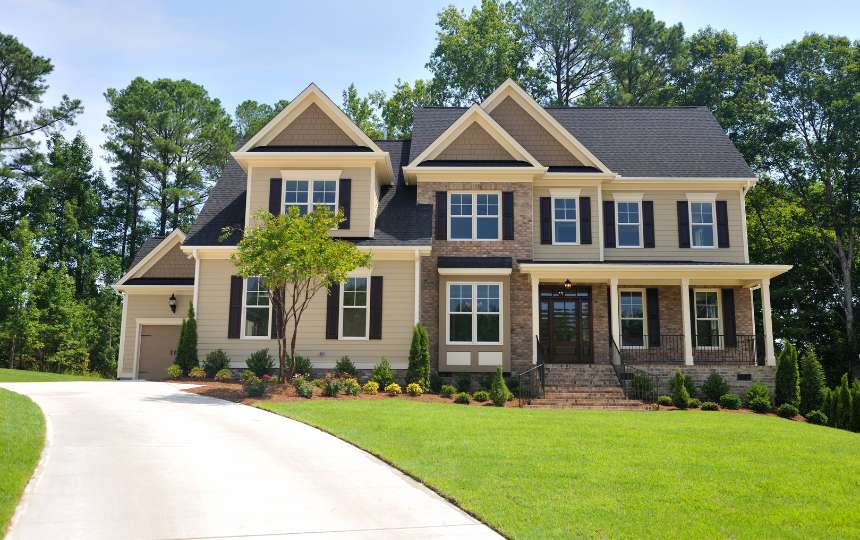Your home’s siding protects it from the elements, enhances curb appeal, and improves energy efficiency. Over time, wear and tear can take a toll on your siding, making it essential to stay vigilant for warning signs that it may need replacement. Here are some common indicators that it’s time to invest in new siding for your home.
1. Cracks and Gaps
One of the most obvious signs that your siding needs replacement is the presence of cracks or gaps. These imperfections can allow moisture to penetrate your walls, leading to mold growth and structural damage. If you notice any early signs of cracking, it’s crucial to address the issue immediately. While minor damage may be repairable, extensive cracking often indicates the material is past its prime.
2. Warping or Buckling:
The siding should lay flat against your home. If you observe any warping, buckling, or bending, it’s a clear signal that your siding is failing. This issue can occur due to moisture infiltration, high temperatures, or poor installation. Warped siding detracts from your home’s appearance and compromises its protective capabilities.
3. Discoloration and Fading
Over time, exposure to sunlight and harsh weather conditions can lead to discoloration and fading. If your siding appears dull or has developed uneven color patches, it may be time for a replacement. While some fading can be remedied with a good cleaning or a fresh coat of paint, persistent issues point toward aging materials that no longer effectively serve their purpose.
4. Mold and Mildew Growth:
If you notice mold or mildew on your siding, it could indicate that moisture is trapped behind the material. This problem not only affects the appearance of your home but can also lead to serious health risks and structural issues. If you cannot remove the mold through standard cleaning methods, replacement is likely necessary to prevent further damage.
5. Increased Energy Bills:
Your siding contributes to your home’s energy efficiency, helping to maintain consistent indoor temperatures. If you experience rising energy bills, it could be due to damaged or outdated siding that fails to insulate your home correctly. Consider an energy audit to assess your siding’s effectiveness and determine if a replacement could save you money in the long run.

6. Soft or Rotting Areas
Soft, rotting, or spongy areas indicate severe moisture damage that can compromise your home’s structural integrity. This is particularly common with wood siding, which is susceptible to rot if improperly maintained.
Replacing the siding is crucial to prevent further damage to your home’s framework if you detect any soft spots.
7. Insect Infestation
If you notice signs of insects, such as termites or carpenter ants, this may signal damage to your siding and its underlying structure. Insects often target wood siding or materials that have become moist or rotted. If you see visible damage from pests, it’s essential to address the issue immediately, and siding replacement may be needed.
Final Thoughts:
Siding replacement is a significant home improvement project that can enhance your home’s value, energy efficiency, and aesthetics. Regularly inspecting your siding and being aware of these signs can help you take timely action to protect your home. If you observe any of these issues, consider consulting a professional contractor for a thorough evaluation and assistance with your siding replacement needs. Taking care of your siding now will pay off in the long run, keeping your home safe and beautiful for years.
You may also like to take a look at some of these great resources:
- What Are The Benefits Of Having New Siding Installed On Your Home?
- What Are The Benefits Of Choosing James Hardie Siding?
- Say Goodbye to Mold and Rot: The Moisture Resistance of James Hardie Siding
- How to Hire a James Hardie Siding Contractor: the Ultimate Checklist
Also, here are some resources to help you select a reputable contractor:




